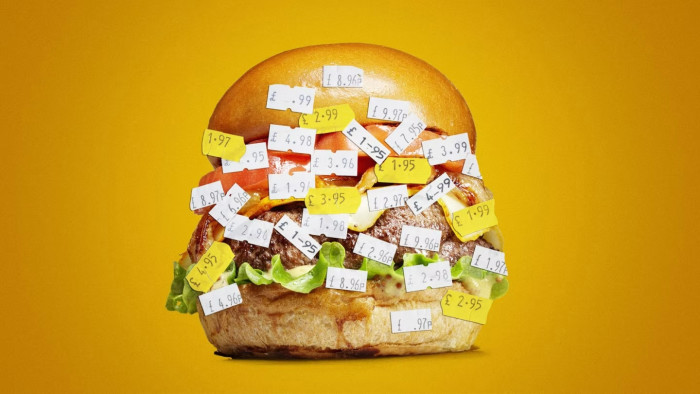US High School Economics class: Why Swifties, holidaymakers and the hygienic should cheer for surge pricing

Roula Khalaf, Editor of the FT, selects her favourite stories in this weekly newsletter.
This article picked by a teacher with suggested questions is part of the Financial Times free schools access programme. Details/registration here.
Read our full range of US High School economics picks here.
Click to read the article below and then answer the questions:
Why Swifties, holidaymakers and the hygienic should cheer for surge pricing
Discussion Questions
Define “dynamic pricing” in your own words, and describe an example of how it works in practice
What was the public’s reaction to Wendy’s announcement of introducing dynamic pricing?
What is the basic case for dynamic pricing according to the article?
How does the article illustrate the inefficiency of underpricing products or services by describing the opportunity costs of waiting in line (in queue)?
How does surge pricing affect the allocation of scarce resources, such as taxis on a rainy night?
How does the article suggest surge pricing could impact the behaviour of consumers during events like a Taylor Swift concert or the first week of a pandemic?
What potential benefits does the article identify for using dynamic pricing in supermarkets and the electricity market?
What is the overarching argument in the article regarding the role of dynamic pricing in society?
Extended Learning
INSTRUCTIONS: Read Peak Pricing: Definition, How It Works, Examples and answer the following questions
In which industries is peak pricing commonly used, and what is its purpose in those industries?
What is the alternative to peak pricing for managing peak demand, and why is it often considered less efficient?
What role does peak pricing play in a larger comprehensive pricing strategy known as dynamic pricing?
Provide an example of peak pricing in public transportation and explain how it is used to manage demand
Conclusion
Considering the concepts of surge and peak pricing from the articles, discuss how dynamic pricing strategies can affect both consumers and businesses. What are the benefits and challenges of using these strategies to match supply and demand? How might they affect people’s daily lives and the overall economy?
Joel Miller and James Redelsheimer, Foundation for Economic Education.
Click here for FEE FT Classroom Edition with classroom-ready presentations and suggested answers for teacher.
Comments